Pick and place robots and polishing robots have changed production efficiency and precision in today’s competitive industrial environment. By automating important processes, these robotic devices enable firms to keep up with demand while preserving high standards of quality. In order to enhance production operations across sectors, pick and place robots effectively manage material movement, and polishing robots guarantee a perfect surface quality.
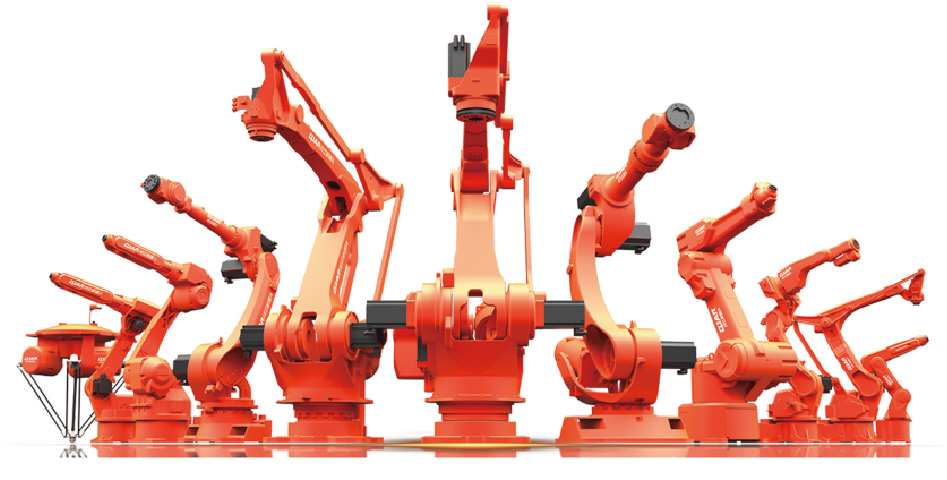
Increasing Productivity Using Pick and place robots
Pick and place robots are crucial to automating assembly and material handling procedures in contemporary production. Production lines may be greatly accelerated by these robots since they can precisely set items in one area and pick them up from another. Industries can see decreased labor expenses, higher productivity, and less human error by incorporating pick and place robots.
For example, the QJR10-2 robotic arm’s 2001mm reach and 10kg payload make it the perfect pick and place robot for repetitive and delicate jobs. It can maneuver in confined locations because to its six-axis flexibility, which guarantees effective component handling. In assembly lines where speed and accuracy are critical, pick and place robots like the QJR10-2 are essential for their precision.
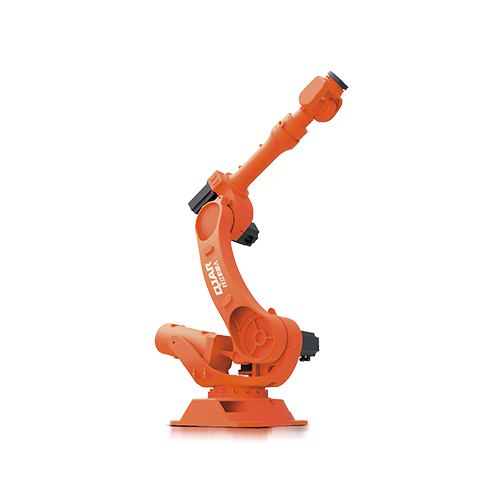
Using Polishing robots to Achieve Better Surface Quality
The purpose of polishing robots is to automate surface finishing procedures so that consistent, superior results are achieved. They meticulously smooth, buff, or polish surfaces to improve the overall visual appeal and practicality of items. Polishing robots are crucial for maintaining uniform surfaces in areas like aerospace and the automobile industry, where surface quality is crucial.
The QJR20-1600 robotic arm is a great option for polishing robots because of its 20 kg payload and 1671 mm reach. Its six-axis design guarantees an impeccable finish by enabling it to follow intricate surfaces at a constant pressure. Manufacturers may increase productivity, maintain high standards for their products, and automate labor-intensive procedures by implementing polishing robots such as the QJR20-1600.
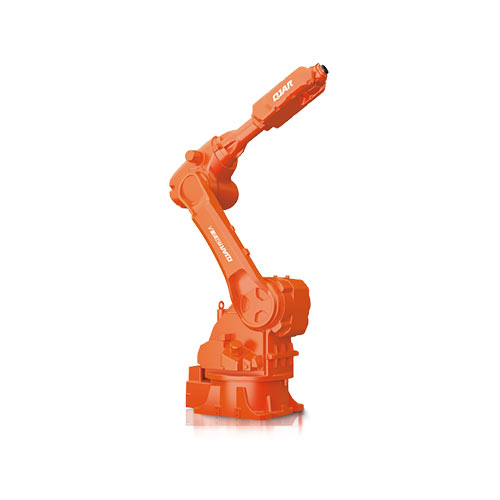
combining Robots for Pick and Place and Polishing
In production settings, a smooth workflow is produced by integrating pick and place robots with polishing robots. Pick and place robots are used to transport materials, while polishing robots are used to finish jobs. This ensures that components are produced continuously. This combination lowers bottlenecks and raises output levels all around.
Pick and place robots, for instance, may move parts between workstations on an automobile assembly line, and polishing robots guarantee that every item is flawlessly completed. With a 210 kg payload and a 2688 mm reach, the QJR210-1 robotic arm is well-suited for heavy-duty jobs. It offers strong performance in applications like as pick and place and polishing. Precise control is guaranteed by its six-axis flexibility, whether lifting large objects or cleaning complex surfaces.
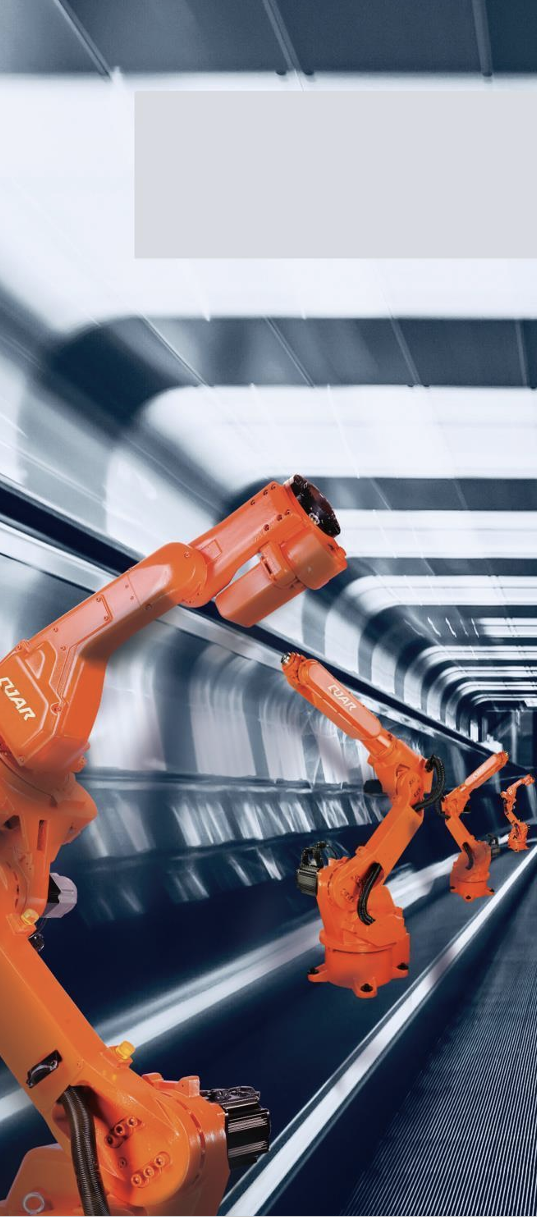
Cutting Operating Expenses and Boosting Production
The decrease in operating expenses is one of the main advantages of integrating pick and place robots and polishing robots. Manufacturers can cut costs by eliminating the requirement for manual labor by automating both material handling and surface finishing. Additionally, by operating nonstop without tiring, enhancing production cycles, and guaranteeing constant product quality, pick and place robots and polishing robots boost productivity.
Selective placement and polishing robots combined with pick and place robots improve production lines’ capacity to fulfill deadlines without sacrificing quality. In addition to lowering the possibility of human mistake, this dual automation approach guarantees that every product satisfies exacting quality requirements, which promotes long-term profitability.
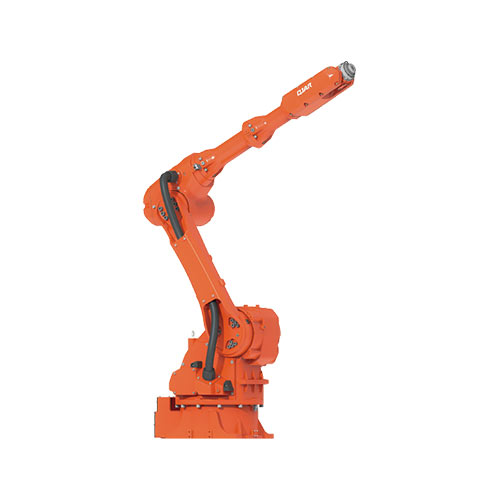
Enhancing Security with Robotic Automation
The increase in worker safety is another key benefit of utilizing pick and place robots and polishing robots. These robots reduce the possibility of occupational injury by automating repetitive or hazardous jobs. Pick and place robots minimize the need for humans to lift and position bulky or delicate objects, and polishing robots take care of potentially dangerous surface finishing tasks.
Workers are shielded from dangers like accidents with polishing equipment or repetitive strain injuries by automating these jobs. In addition to making the workplace safer, this frees up human labor for higher-value duties like overseeing robots operations or keeping an eye on manufacturing quality.
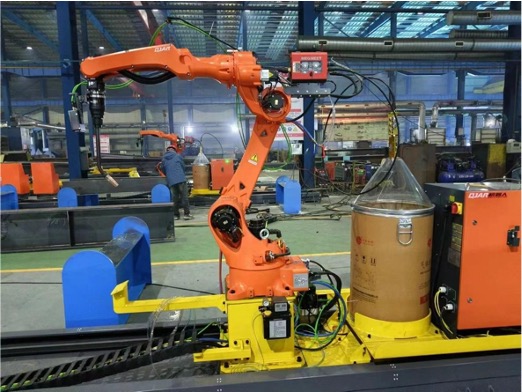
Upcoming Developments in Robotic Automation
Pick and place robots and polishing robots work well together as automation technology advances. These robots will get increasingly sophisticated and adaptable as artificial intelligence and machine learning progress, eventually being able to optimize their own operations. While polishing robots will modify pressure and motion in real-time to guarantee flawless surface finishes, pick and place robots will be able to identify anomalies in components.
These technologies will boost manufacturing speed, precision, and efficiency, so manufacturers may expect even greater cost savings and increased product quality. The QJR series, which includes models like the QJR20-1600, QJR10-2, and QJR210-1, will continue to set the standard by providing dependable, flexible solutions to companies trying to remain competitive in an increasingly automated world.
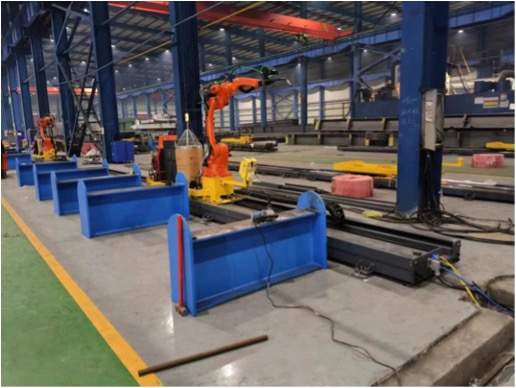
In summary
The current production scene is changing as a result of the synergy between pick and place robots and polishing robots. Automating surface finishing and material handling allows firms to cut expenses, increase productivity, and guarantee constant quality. Robotic models that demonstrate the potential of merging these technologies are the QJR20-1600, QJR10-2, and QJR210-1, which provide adaptable solutions for a variety of industrial applications. Pick and place robots and polishing robots will continue to play a crucial part in attaining industrial excellence and propelling future success as automation continues to improve.
